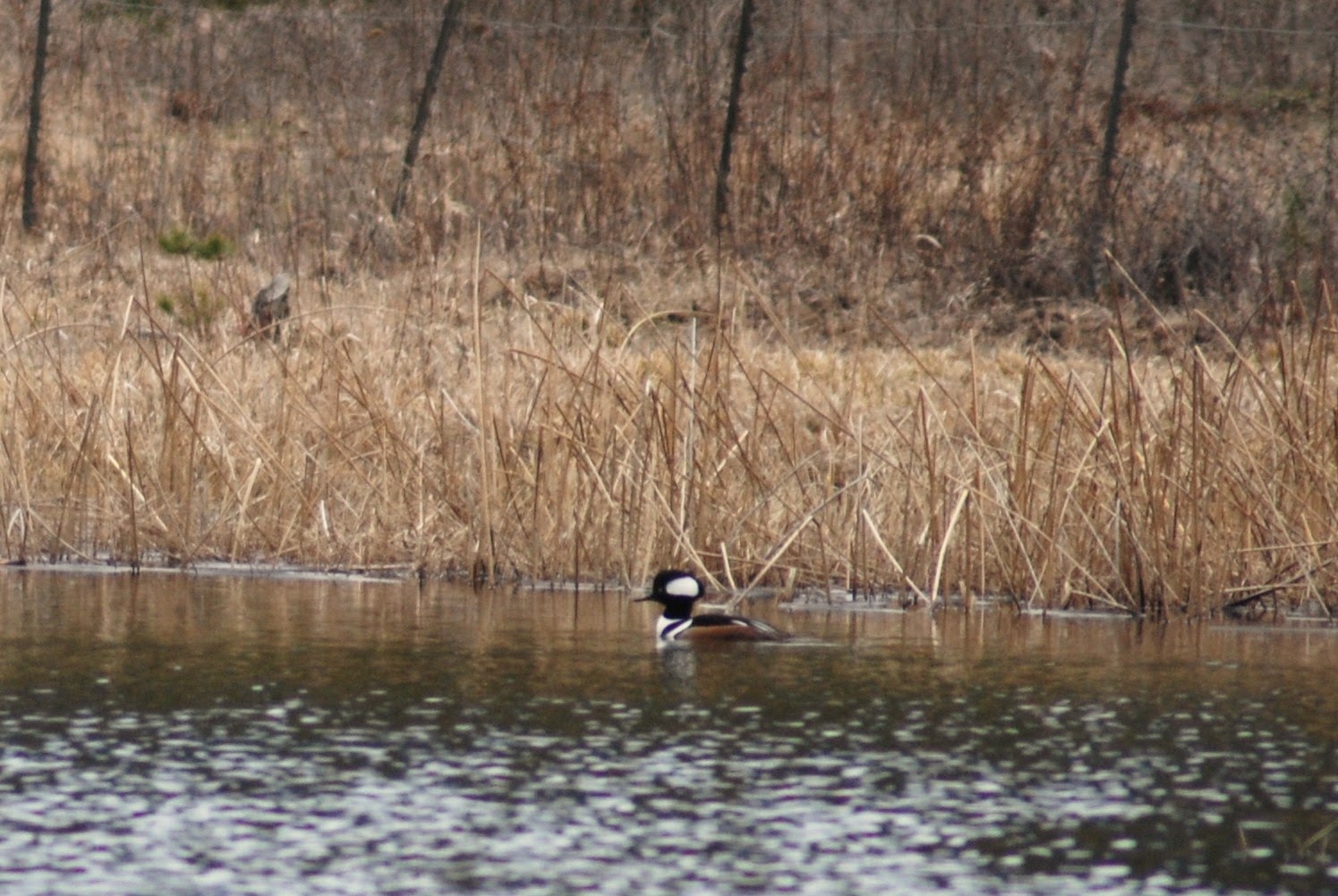 |
| Going Off-Pond |
.JPG) |
| Osprey Nest 2013 |
.JPG) |
| Nest Near Hope 2013 |
 |
| Magnificent View Outside Hope |
.JPG) |
| Osprey on Elmira Pond 2013 |
.JPG) |
| Osprey Fishing Elmira Pond 2013 |
 |
| Fish in Elmira Pond 2013 |
.JPG) |
| Osprey Arrived in May 2013 |
.JPG) |
| Osprey Bomb 2013 |
 |
| One of Three 2013 Osprey |
It's a path we both know--Hwy. 2 follows the Clark Fork River from where it ends, spilling water and sediment into Lake Pend Oreille to its most populated town upon the river's banks. Missoula, Montana is where two of our grown children live.
In addition to sharing these connections of water and pavement, we are connected by the sky. The vast sky-way begins in Central America and ends with the Clark Fork River's final spill into Lake Pend Oreille. And the osprey are its frequent travelers, showing up in western Montana and northern Idaho in May.
Which causes me some reluctance to leave Elmira Pond. I know in my heart that I'm going to miss their return because it is nearly May. Every day, with eyes to the sky, I look for them. Why they leave the banquet of fish-abundant waters only 15 miles south to hunt this humble peat bog, I do not know.
But I welcome their visits.
Osprey are large; not as big as the two bald eagles that also hunt this valley, but their five-foot wing span is noticeably wider than any other large hawk in the region. Osprey are raptors, but they dine exclusively on fish.
And that's how I learned that Elmira Pond has fish.
Driving around the sweeping bend in Hwy. 2 near Hope, Idaho I look out over the sparkling waters of Lake Pend Oreille. Like the cliche that all volcanoes are drawn like triangles with wide bases and cone peaks, the Selkirks encircle the deep lake with such cliches. Where forest, mountains, water and sky meet commands an awe-inspiring view.
We both comment, "It's so beautiful," never tiring of the magnificence of this particular curve in the road.
The only thing that can trump the view does--an osprey flies over the road with a two-foot stick. Osprey are master nest builders. "Must be the female," I say. Although in all fairness, the males are just as interested in the nest as the females.
I text my eldest daughter, Allison, immediately:
"Guess what I just saw?"
"An osprey???"
"YES!!!"
They are back, they are back. In fact, Iris has already arrived in Missoula to the Hellgate nest. As I type, she's chattering up a storm (literally, thunder is rolling in as she calls to another osprey that might be Stan, her mate). You can watch Iris and Stan live: Hellgate Canyon Osprey Project."Saw three along the Clark Fork."
My daughter worked with the Montana Osprey Project last season. She published a podcast and hopes to publish one about the osprey on Elmira Pond. How much longer will it be before they are hunting Elmira Pond?
We make it to Quinn's Hot Springs where my younger daughter, Brianna, meets us for a fantastic Montana dinner in a classy log lodge. She's my ride into Missoula. Todd returns to Elmira for another day before he has to leave for a 10-day work week in Boise.
While I'm watching Allison dance live at a cabaret with a sword balanced on her head, Todd texts me, "Guess who came to dinner?"
Yes, one of the three Elmira Pond osprey returned just as Todd was finishing up yard work. He heard the whistles first. Osprey are chatty, social and will let you get close for photo opportunities. The photos posted in this blog are from last year. These four that follow are my husband's captures of our early dinner guests.
The migration was successful.
.jpg) |
| Early Dinner Guest 2014 |
.jpg) |
| Todd Looks Up 2014 |
.jpg) |
| And an Osprey Looks Back 2014 |
.jpg) |
| A Successful 2014 Migration |







.JPG)
.JPG)
.JPG)
.JPG)
.JPG)
















.JPG)
.JPG)
.JPG)
.JPG)
.JPG)






.JPG)